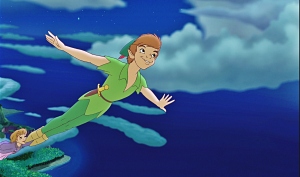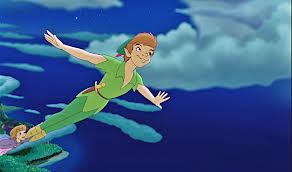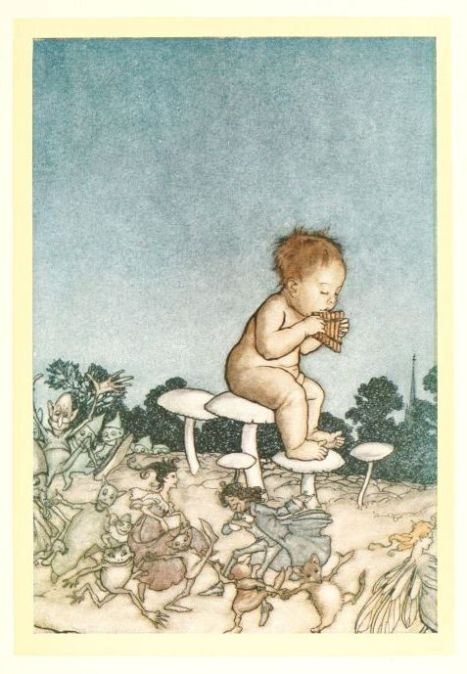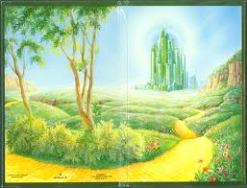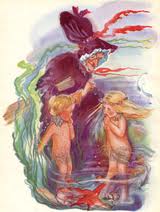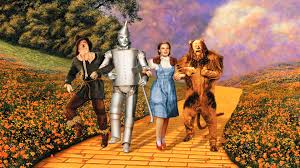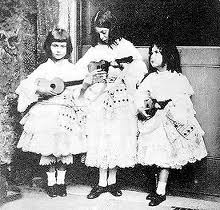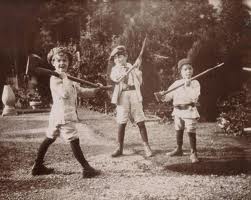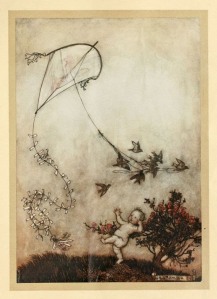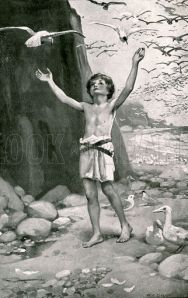
The term classic evokes a certain feeling; it carries with it an air of prestige, as well as a sense of nostalgia. In order to be a classic, a book must be able to stand the test of time. Often, this requires a timeless quality. However, a book can be rooted in its own time but still endure as a classic if it possesses that often intangible “it” factor which captures the heart of the reader. Edith Nesbit’s Five Children and It is very distinct, specifically in terms of its setting and time period. The world she creates is incredibly real, with the exception of the mythical Psammead and the wishes it grants. As a result of it’s realistic nature, her world is one that does not transcend borders as well as those explored in other classics. For example, Wonderland and Oz are imaginary places where any child, from anywhere, may imagine themselves exploring. In a world that is entirely imaginary, there are still of course going to be nods to the author’s culture and home, but overall there is a lack of identification with any real place. This makes anything possible; anyone can venture to Wonderland. Not everyone can venture to the sand quarry near their quaint home in the English countryside. The poor, caged-in children of London to whom Nesbit refers in her opening pages are cut off from this specific kind of country living. And while they, of course, can use their imaginations, it can be more difficult to place oneself in a place that is so distinctly real. The reality of it all serves as a barrier, the kind that does not exist in getting to Oz. There are also a number of allusions to the time in which Nesbit was living and writing. The most common form of transportation was a horse and buggy, people started their mornings using wash basins, and any half decent family had servants to look after their children. However, its specificity, while perhaps off-putting to some, has not stopped Five Children and It from gaining status as a classic, specifically in England. Yet that popularity did not carry over so much into America.
I had never heard of this book before this class. The only other book on the syllabus which I had never heard of was The Water Babies and, to be honest, I did not find that one to my liking. So I became skeptical of this other unknown “classic.” I must admit that I was pleasantly surprised by Five Children and It. Yes, the setting was rather British, and bits of it were a tad dated. I didn’t understand all of the difficulties with the money, knowing nothing about any currency other than that of the good old USA, and I’m sure that there were other bits of the story that went over my head due to differences in cultural capital. But when it comes to the story itself, I was enchanted. The children found a sand fairy, which begrudgingly granted them wishes, and many an adventure ensued. What’s not to like? I feel that the strength of its story and narration eclipse any deficits that may have emerged over the past hundred years. The fact remains that this book, while a classic in one culture, is very much overlooked in our own. Perhaps its endearing quality didn’t transfer to American audiences, or perhaps the librarians powers of dissuasion really did a number here. But I, for one, really enjoyed this century old book, and would place it on my classics shelf right here in America.
